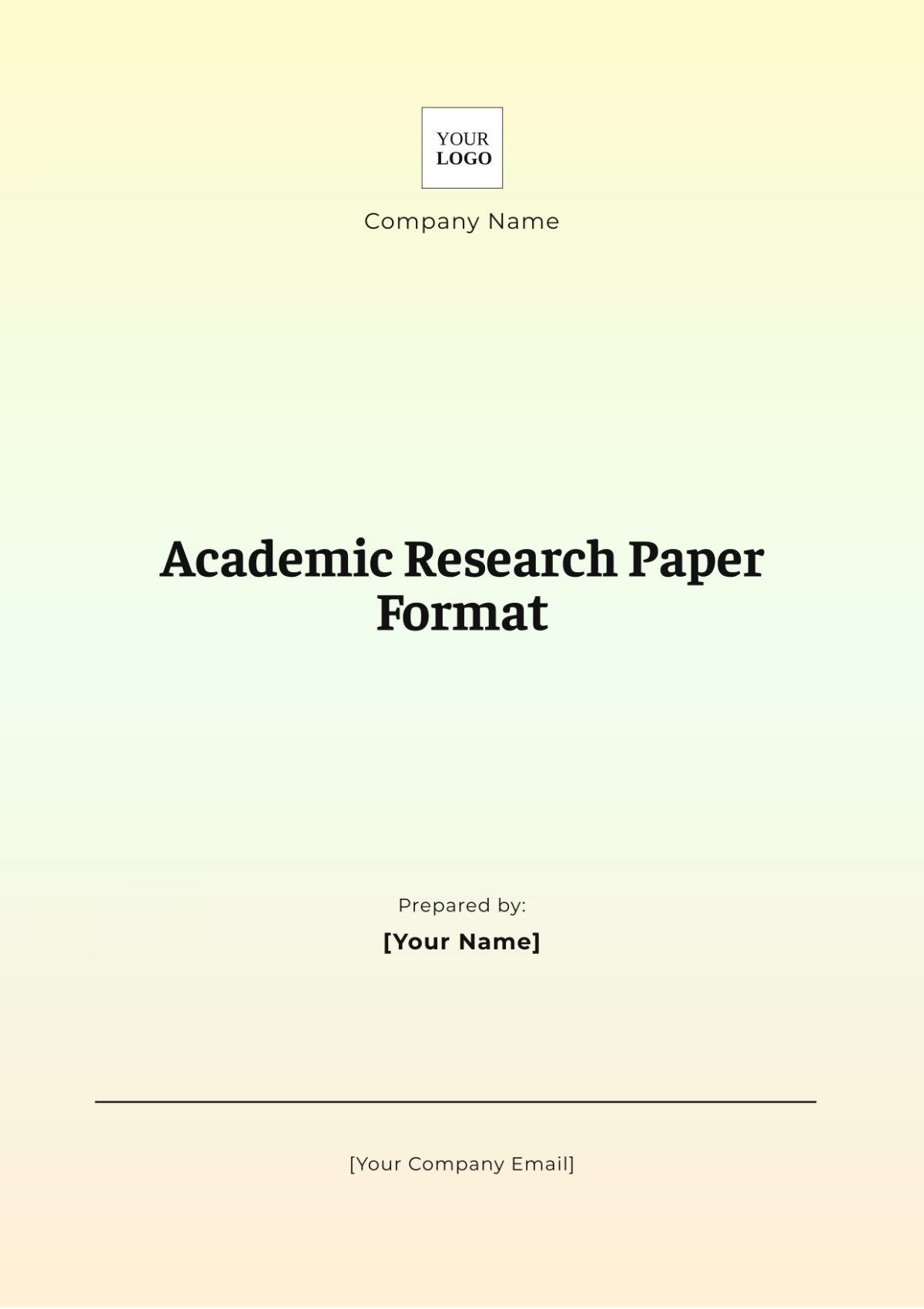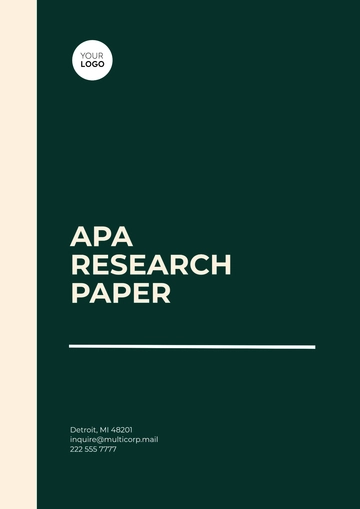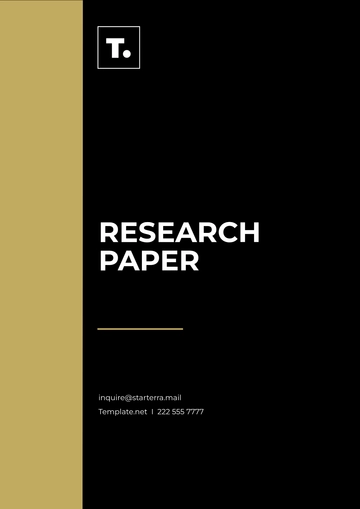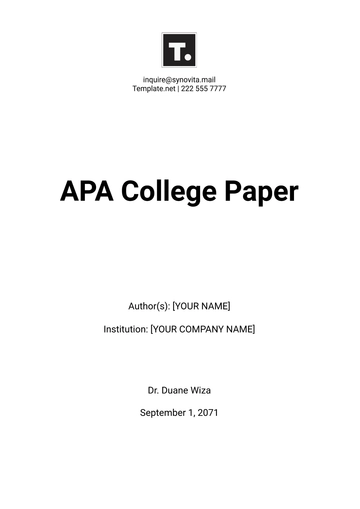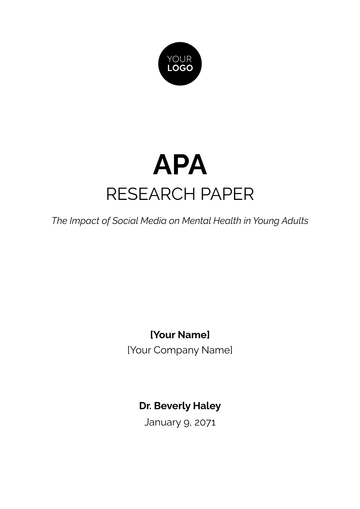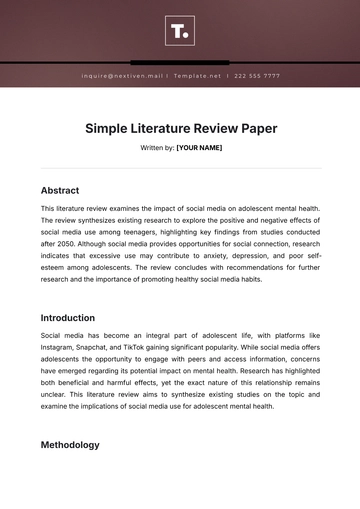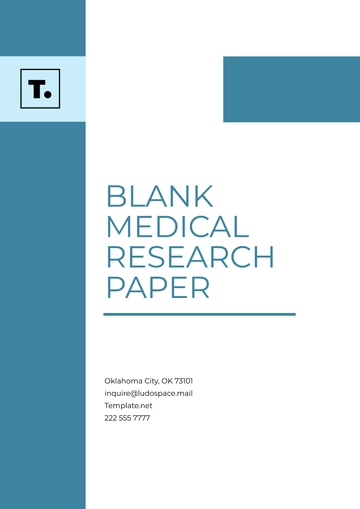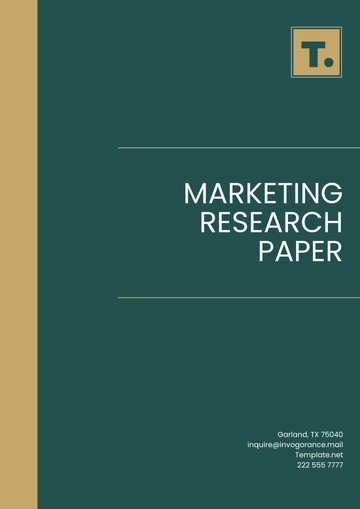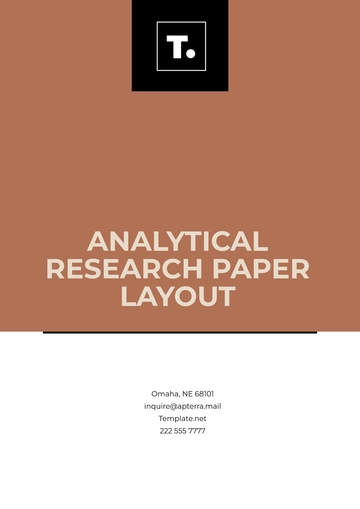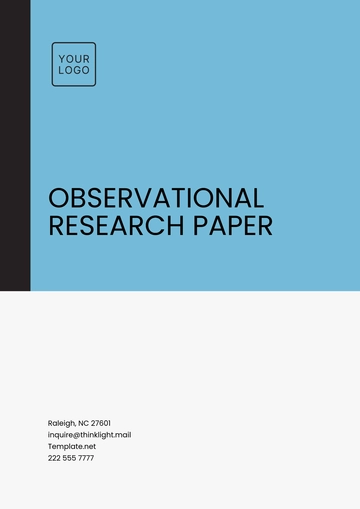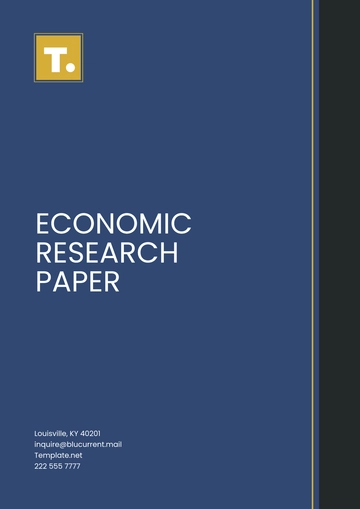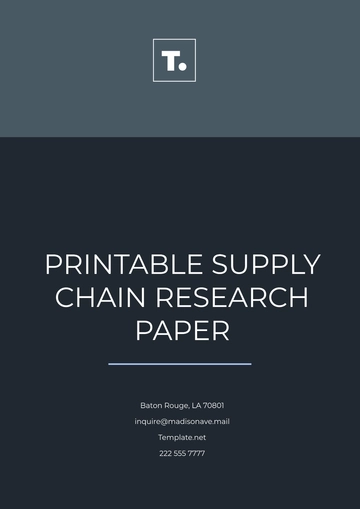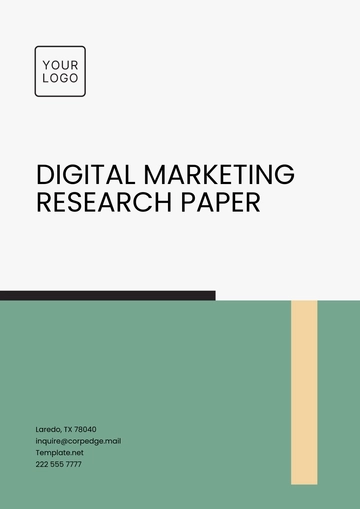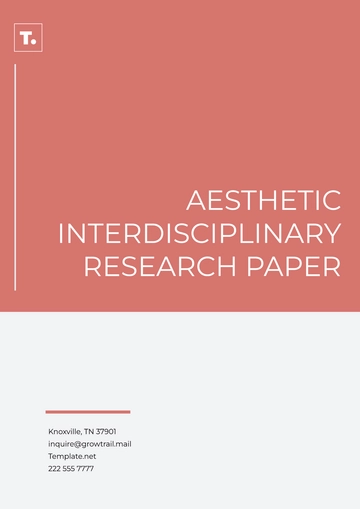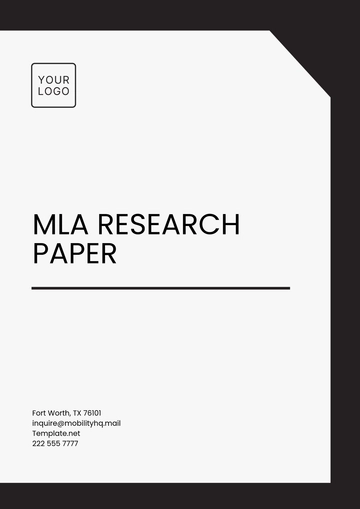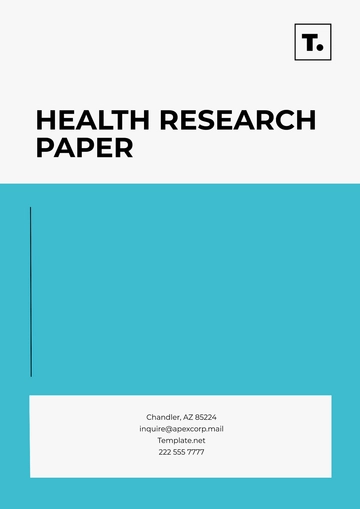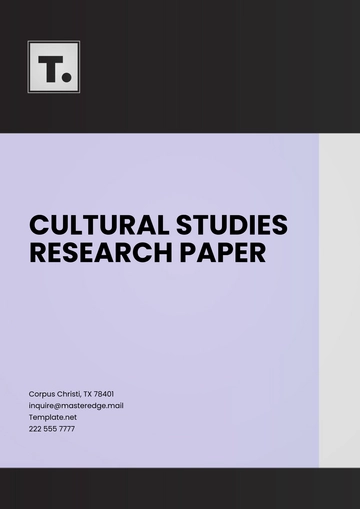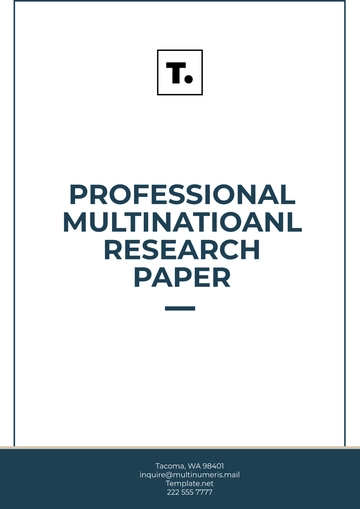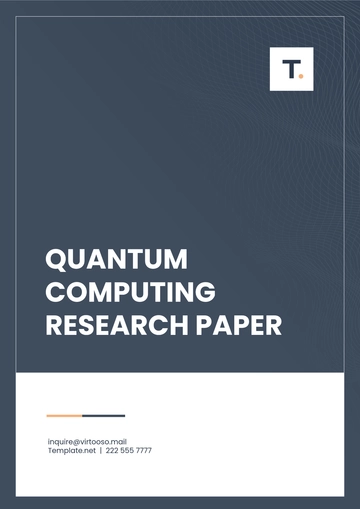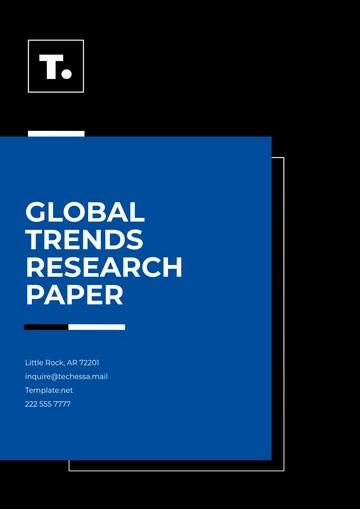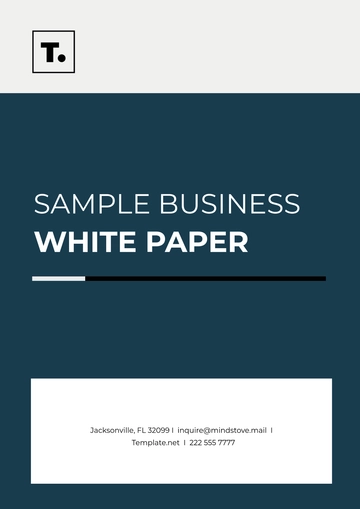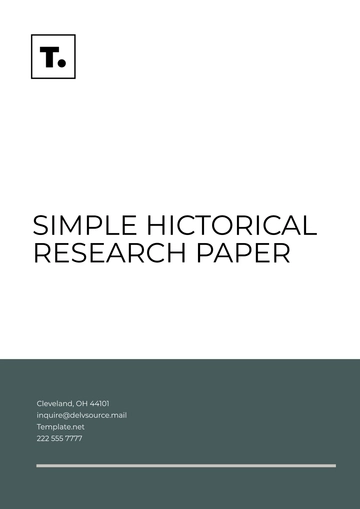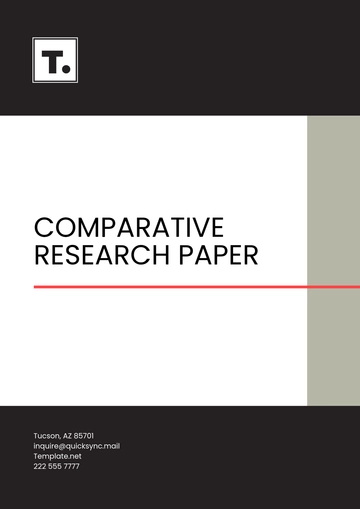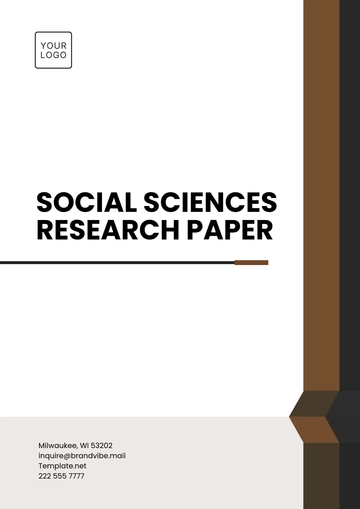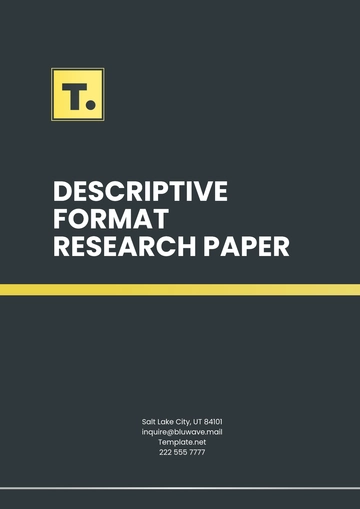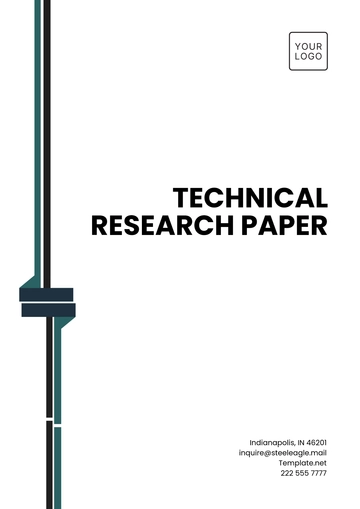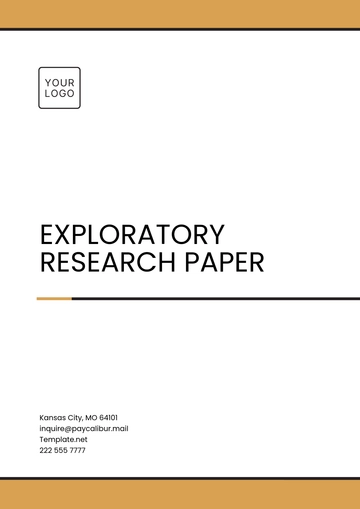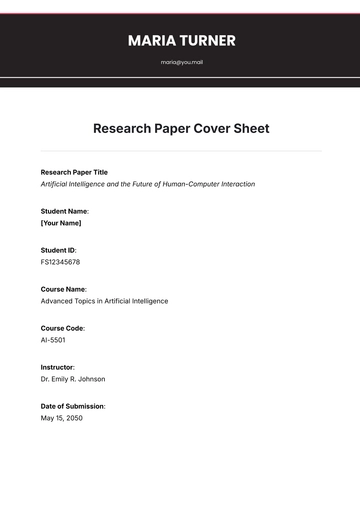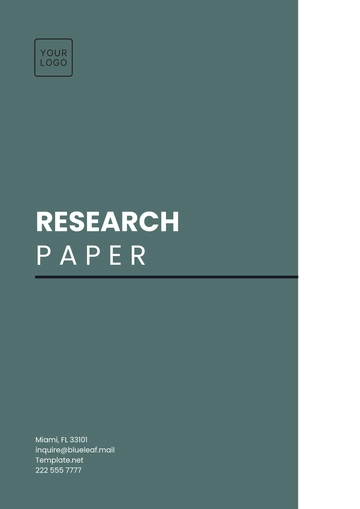Academic Research Paper Format
Title: The Future of Sustainable Urban Development: Strategies and Innovations for 2050
I. Abstract
The urban landscape of 2050 is expected to encounter significant challenges due to climate change, population growth, and technological advancements. This paper explores sustainable urban development strategies and innovations crucial for shaping resilient cities.
The research provides actionable insights for policymakers, urban planners, and stakeholders to guide the development of future urban environments effectively.
II. Introduction
As cities approach 2050, they will undergo transformations driven by environmental, social, and technological changes.
This study examines key drivers of urban development and sustainability, evaluates innovative solutions, and offers recommendations to create resilient and sustainable urban environments.
The findings aim to guide future urban planning efforts and address anticipated challenges.
III. Literature Review
A review of existing literature highlights:
Historical Context: Analysis of past urban development trends and sustainability practices.
Current Innovations: Examination of recent advancements in green technology, smart cities, and sustainable architecture.
Future Projections: Forecasts and models predicting urban development trends and sustainability challenges in 2050.
IV. Methodology
The study uses:
Data Collection: Gathering data from urban development reports, sustainability assessments, and technological forecasts.
Case Studies: Analysis of cities and projects with successful sustainable practices.
Surveys and Interviews: Input from urban planners, policymakers, and experts to gather future trends insights.
V. Results
Table 1: Key Urban Development Trends Projected for 2050
Trend | Description | Impact on Urban Development |
|---|
Population Growth | Increase in urban population | Greater demand for housing and infrastructure |
Climate Change Adaptation | Adoption of climate-resilient technologies | Reduced vulnerability to environmental hazards |
Smart City Technologies | Use of IoT and AI for urban management | Enhanced efficiency in city services and operations |
Green Building Practices | Use of sustainable materials and methods | Lower environmental footprint of new constructions |
VI. Discussion
Implications for Urban Planning: How trends will affect city design and infrastructure.
Challenges and Opportunities: Identifying obstacles and opportunities for sustainable practices.
Recommendations: Strategies for addressing challenges and leveraging opportunities for sustainable development.
VII. Conclusion
The research underscores the importance of proactive planning and innovation for creating sustainable and resilient urban environments. The findings highlight the need for integrating advanced technologies and sustainable practices to address the challenges of 2050.
VIII. References
Smith, J. (2050). Sustainable Urban Development: Strategies for the Future. Green City Press.
Doe, A., & Roe, B. (2050). Innovations in Smart City Technologies. Journal of Urban Technology, 35(2), 112-130.
Johnson, M. (2050). Climate Change and Urban Resilience: Adapting Cities for the Future. Environmental Research Letters, 20(4), 45-60.
IX. Appendices
Survey Results
Table A1: Survey Responses on Sustainability
Question | Very Important | Important | Neutral | Not Important |
|---|
Importance of sustainability in urban planning? | 85% | 10% | 3% | 1% |
Interview Excerpts
Dr. Emily Green, Urban Planner:
“Technology will be crucial for efficient city operations and resource management in 2050.”
Mr. Thomas Black, Policy Maker:
“Policies need to support green technologies and equitable sustainability practices.”
Additional Data
Table C1: Projected Urban Population Growth by Region (2050)
Region | Population (Projected) |
|---|
North America | 450 million |
Europe | 800 million |
Asia | 5 billion |
Africa | 2 billion |
For further information or inquiries, please contact [Your Name] at [Your Email].
Research Templates @ Template.net
